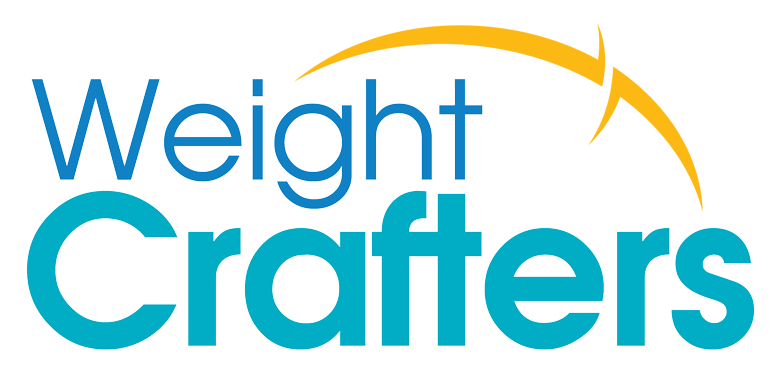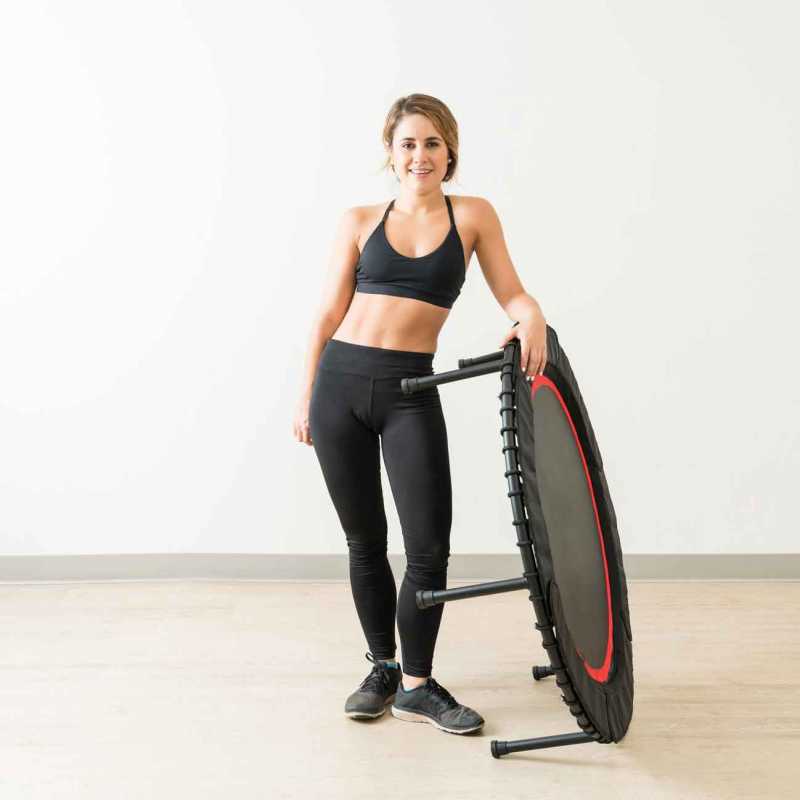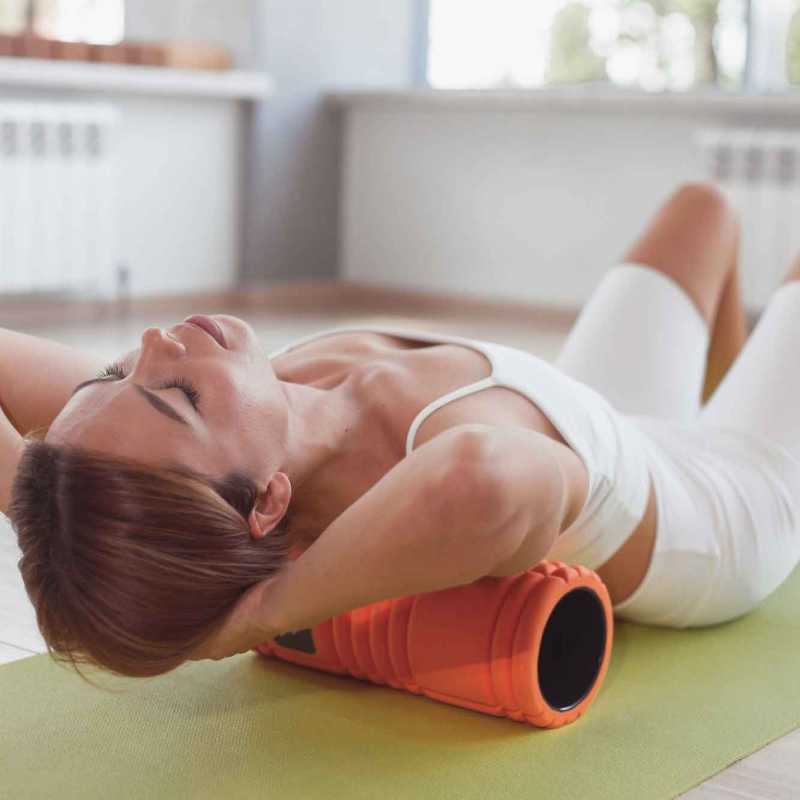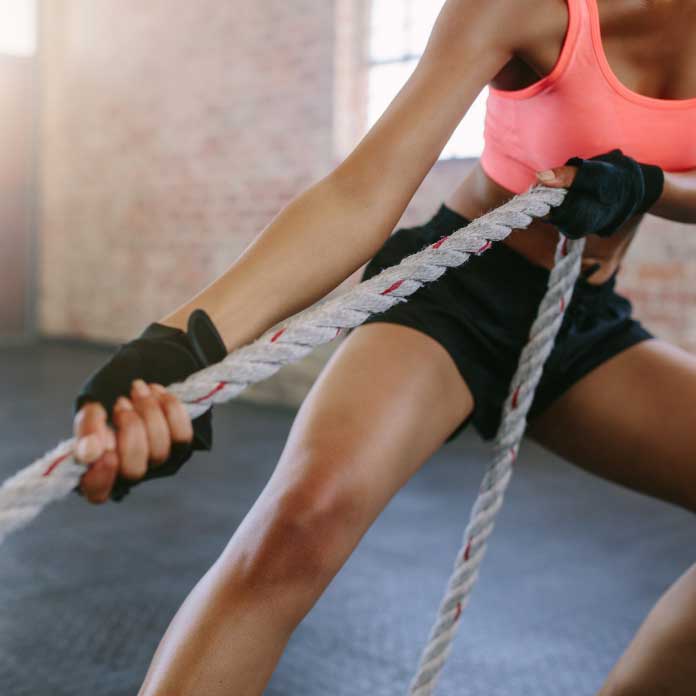HIIT Recovery and Injury Prevention
Proper preparation helps your body adapt to the demands of HIIT, while effective recovery techniques and injury prevention strategies enable you to maintain a consistent workout routine.
High Intensity Interval Training (HIIT) is an excellent way to boost your fitness level, burn calories, and improve cardiovascular health. However, due to its intensity, preparation, recovery, and injury prevention are crucial to ensure long-term success and avoid setbacks.
Why is it a problem for an inactive or casual fitness person to do intense fitness activities?
For inactive individuals, jumping into high-intensity workouts without adequate preparation can lead to injuries and setbacks. Sudden high-intensity activity can put undue stress on muscles and joints, leading to injuries.
Gradually increasing the intensity of your workouts allows your body to adapt and become stronger, reducing the risk of injury. Inactive people often push themselves too hard too soon, leading to overexertion and potential injury, especially in group fitness settings where the competitive atmosphere can encourage participants to exceed their limits.
What are some signs that you’ve gone too far with a workout?
Recognizing the signs of overexertion is vital to prevent injuries. Here are some indicators that you may have pushed yourself too hard during a HIIT workout:
- Persistent Pain: Discomfort is normal during a workout, but persistent or sharp pain is a sign to stop and rest.
- Excessive Fatigue: Feeling excessively tired and unable to recover between intervals can indicate overtraining.
- Dizziness or Nausea: Experiencing dizziness or nausea during or after a workout is a clear sign that you need to slow down.
- Extended Muscle Soreness: Muscle soreness that lasts more than 72 hours may indicate overuse or injury.
Effective Recovery Techniques for HIIT
Recovery is just as important as the workout itself. It allows your muscles to repair and grow, reduces the risk of injury, and prepares your body for the next workout. Incorporating proper recovery techniques can help you achieve better results and maintain your fitness routine without interruptions.
Active Recovery After HIIT
Active recovery involves engaging in low-intensity activities that promote blood flow and help reduce muscle soreness. Here are some effective active recovery techniques:
- Light Cardio
Activities like walking, cycling, or swimming at a gentle pace can help your muscles recover without adding extra strain. - Yoga
Gentle yoga poses and stretches can improve flexibility and relieve tension in your muscles. - Foam Rolling
Using a foam roller helps to release muscle knots and improve circulation, speeding up the recovery process.
Dynamic and Static Stretches for HIIT
Incorporating both dynamic and static stretches in your routine can significantly enhance your performance and prevent injuries:
- Dynamic Stretches
Perform these before your HIIT workout to prepare your muscles and joints for intense activity. Examples include leg swings, arm circles, and walking lunges. - Static Stretches
Use these after your workout to help your muscles relax and lengthen. Hold stretches like hamstring stretches, quadriceps stretches, and calf stretches for 20-30 seconds each.
Warm-Up Exercises for HIIT
Warming up before your HIIT workout is essential to prevent injuries and prepare your body for high-intensity movements. A proper warm-up increases your heart rate, improves blood flow to your muscles, and enhances flexibility. Here are some effective warm-up exercises:
- Jumping Jacks
A great full-body warm-up that increases your heart rate and activates multiple muscle groups. - High Knees
This exercise helps to engage your core and lower body muscles. - Arm Circles
Perform forward and backward arm circles to warm up your shoulder muscles. - Bodyweight Squats
These help to activate your leg muscles and improve flexibility in your hips and knees.
Foam Rolling Benefits for HIIT Recovery
Foam rolling is a self-myofascial release technique that can aid in muscle recovery and prevent injuries. Here are some benefits of foam rolling after HIIT:
- Reduces Muscle Soreness
Foam rolling helps to alleviate delayed onset muscle soreness (DOMS) by breaking up adhesions and improving blood flow. - Enhances Flexibility
Regular foam rolling can improve your range of motion and flexibility, which is crucial for preventing injuries. - Speeds Up Recovery
By promoting better circulation, foam rolling helps to deliver more oxygen and nutrients to your muscles, speeding up the recovery process.
Proper Sleep for HIIT Recovery
Getting adequate sleep is vital for muscle repair, hormone regulation, and overall recovery. Aim for 7-9 hours of quality sleep per night to support your HIIT training. Here are some tips for improving sleep quality:
- Create a Sleep Schedule
Go to bed and wake up at the same time every day to regulate your internal clock. - Optimize Your Sleep Environment
Ensure your bedroom is dark, quiet, and cool to promote better sleep. - Avoid Stimulants
Limit caffeine and electronic devices before bedtime to improve sleep quality.
Injury Prevention Tips for HIIT
Preventing injuries during HIIT is crucial for maintaining a consistent fitness routine. Follow these tips to reduce your risk of injury:
- Warm Up Properly
Always start your HIIT sessions with a thorough warm-up to prepare your muscles and joints. - Use Proper Form
Focus on maintaining good form and technique during exercises to prevent strain and injury. - Listen to Your Body
Pay attention to any signs of pain or discomfort and adjust your workout intensity accordingly. - Gradual Progression
Increase the intensity and duration of your HIIT workouts gradually to avoid overloading your body. - Stay Hydrated
Drink plenty of water before, during, and after your workouts to keep your muscles hydrated and functioning optimally.














